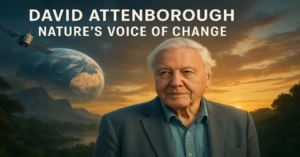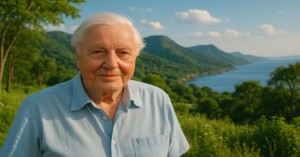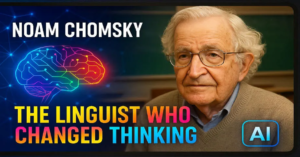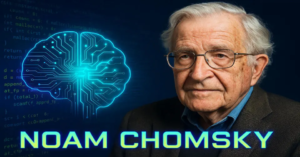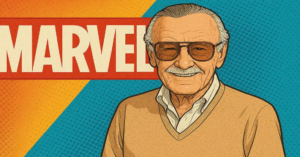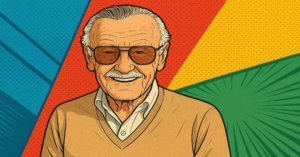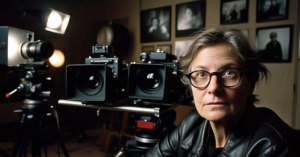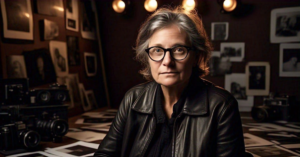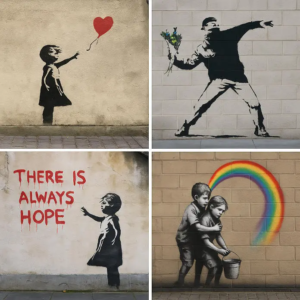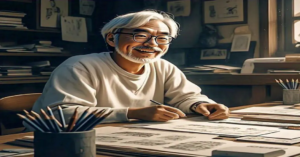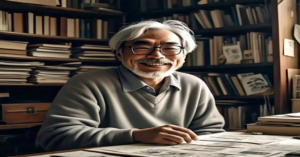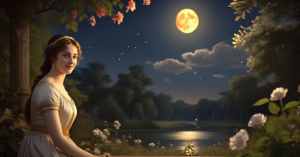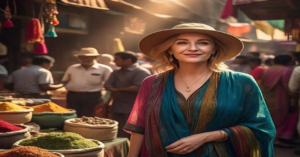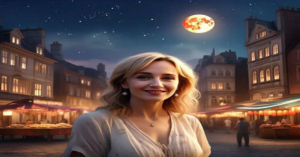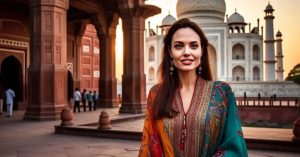Jr ntr biography
The Fire Within: How Jr NTR Became the Soul of Telugu Cinema

Chapter 1: The Boy Who Carried a Mountain
The gurukul floor feels like hot coals under 6-year-old Jr ntr bare feet. “Again!” barks his Kuchipudi guru. Blood seeps through his cotton practice socks – “NTR grandson bleeds the same red,” the teacher remarks coldly. That night, his mother Shalini tends to his blisters: “Why do you do this, kanna?” He doesn’t speak. Just clutches a framed photo of grandfather NTR Sr. – his silent answer.
At St. Mary’s College, classmates whisper: “He ate lunch alone today.” The isolation isn’t rejection – it’s reverence. “They called me ‘Little NTR’ like I was a temple idol, not a boy,” he’d later confess. His only refuge? The abandoned projection room where he’d watch his grandfather’s films, mouthing dialogues until his throat burned.
Unseen Moment (1995):
After winning Best Child Artist for Ramayanam, he hides the trophy in a closet. “If I celebrate, grandfather will think I’ve peaked,” he tells his pillow that night.
Even then, Tarak’s silence wasn’t emptiness – it was pressure crystallizing into purpose. Every skipped cricket match, every lonely lunch, was a trade he willingly made for a seat in the shadows of greatness.
Chapter 2: Broken Bones & Broken Dreams
2001: The Ninnu Choodalani failure cuts deeper than reviews. At a petrol station, an elderly man recognizes him: “NTR garu would’ve never made such trash.” Tarak drives away – and vomits by the roadside.
The Accident’s Aftermath (2009):
His hospital room becomes a prison of doubt. When Rajamouli visits, he finds Tarak staring at his trembling hands: “What if I never act again?” The director slams a script on his bed – Maryada Ramanna. “Read. Don’t quit.” That night, Tarak struggles to turn pages with bandaged hands. His wife Lakshmi reads aloud as he mouths the lines like a prayer.
In those months, every movement was a war – standing felt like a stunt, smiling felt like a betrayal to the pain. But he learned that broken bones heal faster than broken belief.
Chapter 3: Love in the Ruins
Their courtship was no fairy tale. Lakshmi Pranathi, an economics student, rejected his first three proposals. “I saw the circus around him,” she admits. He won her during his darkest hour – visiting daily during his accident recovery, reading him stock market reports to distract from pain.
2014: Holding newborn son Abhay Ram, Tarak weeps: “I never had a normal childhood. This one will.” He institutes family rules:
- No film talk at dinner
- Sundays at their Brindavanam farmhouse – kids covered in mud, Tarak cooking pulihora
- “When Papa cries in movies, is he sad?” Abhay once asked. Tarak’s reply: “No kanna. He’s remembering how lucky he is to have you.”
Fatherhood didn’t just soften him – it anchored him. Fame could be fleeting, but the giggles of his boys were non-negotiable constants.
Chapter 4: Blood on the Dance Floor

RRR’s “Naatu Naatu”: The Untold Sacrifice
- Day 3: He collapses from heat exhaustion. IV fluids administered behind a haystack.
- Day 7: His dance shoes fill with blood from burst blisters. “Tape them tighter,” he orders.
- Day 12: Co-star Ram Charan finds him sobbing in a porta-potty. “I’m failing everyone.” Charan’s response: “Then fail forward. But dance.”
The Oscar Aftermath:
As “Naatu Naatu” wins, the camera captures his smile. What it misses: His fingers tracing his father’s photo in his pocket. Back in Hyderabad, he visits his father’s grave at dawn: “Nanna, we did it.” Leaves the Oscar statuette replica beside the headstone.
The world saw a viral hook step. Tarak felt the phantom ache of every blister, every tear, every silent goodbye whispered to his ghosts.
Chapter 5: The Hidden Battles
The Body Wars:
His 2023 physique sparked “Ozempic” rumors. Truth:
- 3:30 AM alarm for cryotherapy (-140°C) to reduce inflammation
- Lunch: Boiled horse gram with tears – “Tastes like regret” he jokes bitterly
- Physical therapist’s note: “Left knee cartilage 60% degraded. Right shoulder recurring dislocation.”
The Panic Attacks:
After his father’s death, crowded sets trigger anxiety. His coping ritual:
- Lock himself in makeup van
- Watch home videos of his sons
- Chant “I am Tarak. Just Tarak.” 10 times
Crew Secret:
During Devara shoots, we’d hear him whispering through the van walls. We pretended not to notice.
Chapter 6: Ghosts & Glory
2023: Receiving the Padma Shri, he spots an old critic who once wrote “The NTR legacy dies with this boy.” Backstage, he embraces the man: “Your words fueled my fire.”
The Ritual:
Before every premiere, he visits three places:
- Ramanaidu Studios (where grandfather scolded him at age 8)
- Suryapet accident site – leaves jasmine flowers
- Local tea stall – pays for 100 strangers’ chai
Every gesture is a quiet rebellion – proof that you can carry ghosts without letting them crush you.
Epilogue: The Man in the Mirror
Hyderabad, 3 AM. The world’s most expensive mirror (₹22 lakh, Swiss-made) reflects his shirtless torso for War 2. Scars map his journey:
- Rib fracture lines from 2009 accident
- Burn mark from Temper’s climax
- Faded henna from his sons’ last birthday
He touches the glass: “Who are you today? Bheem? Daya? Or just Tarak?”
Suddenly, 4-year-old Bhargav sleepwalks into the room, clutching a toy tiger. Tarak sweeps him up, scars forgotten. “Papa’s here, chinnu.” In that moment – no megastar, no legacy. Just a father’s whisper against his son’s hair.
Final Revelation:
His mansion has one locked room. Inside:
- Bloodied Naatu Naatu shoes
- Ninnu Choodalani negative reels
- Father’s broken wristwatch from the accident
“I keep my ghosts close,” he explains. “They remind me I’m still human.”
The Unseen Table: Anatomy of a Warrior
| His Scars | Their Story | What He Learned |
|---|---|---|
| Left Palm | Simhadri axe-training cut | “Pain is temporary. Panic is forever.” |
| Right Knee | RRR jump gone wrong | “Pride breaks bones. Humility heals.” |
| Collarbone | 2009 accident shard | “Airbags fail. Family doesn’t.” |
| Vocal Cords | Aravinda Sametha’s roars | “Your voice isn’t for screaming – it’s for being heard.” |
“They call me Young Tiger. But tigers are solitary. I’m just a wounded housecat who learned to roar for those who believed in me.”
– Jr NTR to his sons, 2024
